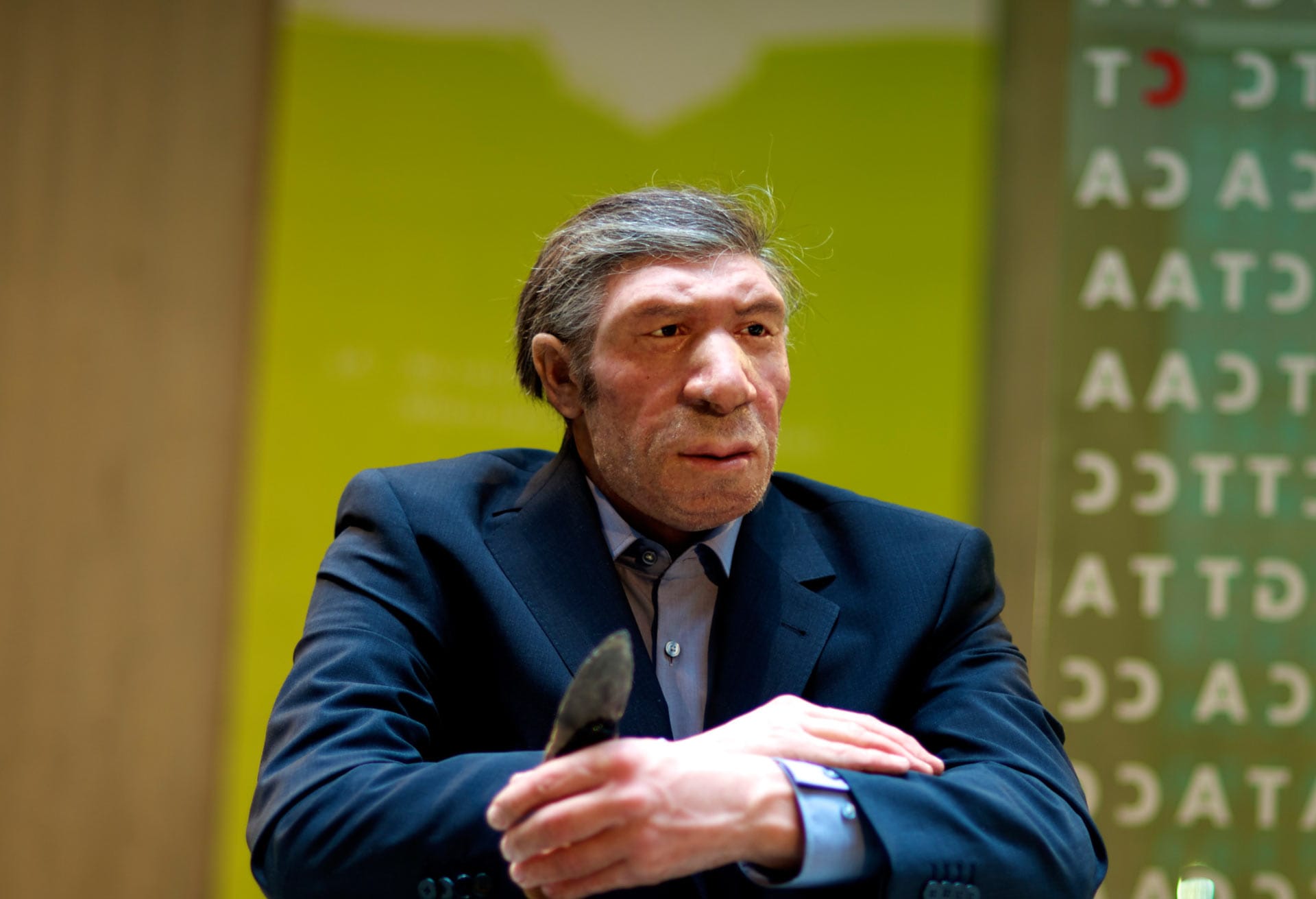The study of human evolution has long been fascinated by the question of whether early humans interbred with other archaic human species, such as Neanderthals. While fossil evidence has suggested that the two species coexisted in certain parts of the world, the extent of their interactions has been the subject of much debate.
A new study published in the journal Science has provided significant insights into this question, suggesting that early humans and Neanderthals did indeed have children together. The research, led by a team of scientists from the University of Cambridge, analyzed DNA samples from modern humans and Neanderthals to reconstruct the history of their interactions.
To conduct the study, the researchers used a technique called “admixture analysis,” which involves comparing the DNA of modern humans with that of Neanderthals to identify regions of the genome that are shared between the two species. By analyzing these shared regions, the researchers were able to infer the timing and extent of interbreeding between early humans and Neanderthals.
The results of the study suggest that interbreeding between early humans and Neanderthals occurred around 50,000 to 60,000 years ago, during a period of significant climate change and population migration. The researchers found that many present-day humans retain Neanderthal DNA in their genomes, with the highest levels of Neanderthal ancestry found in populations from East Asia and Europe.
The study also suggests that the interbreeding between early humans and Neanderthals was not limited to a single event, but rather occurred over a prolonged period of time. The researchers found that the Neanderthal DNA in modern human genomes is not randomly distributed, but rather is concentrated in specific regions of the genome that are associated with traits such as skin pigmentation and immune function.
The findings of the study have significant implications for our understanding of human evolution and the history of our species. The discovery of interbreeding between early humans and Neanderthals challenges the traditional view of human evolution as a linear process, and instead suggests that our species has a complex and dynamic history that involves the exchange of genes with other archaic human species.
The study also raises questions about the fate of the Neanderthals, who are thought to have gone extinct around 40,000 years ago. The discovery of Neanderthal DNA in modern human genomes suggests that the two species may have coexisted for longer than previously thought, and that the Neanderthals may have made a more significant contribution to the modern human gene pool than previously realized.
The research was conducted by a team of scientists from the University of Cambridge, the Max Planck Institute for Evolutionary Anthropology, and the University of California, Berkeley. The study was funded by the Wellcome Trust and the European Research Council.
In conclusion, the study provides significant new insights into the history of human evolution and the interactions between early humans and Neanderthals. The discovery of interbreeding between the two species challenges our traditional view of human evolution and raises new questions about the fate of the Neanderthals.
The study’s findings have been met with excitement and interest from the scientific community, with many experts hailing the research as a major breakthrough in the field of human evolution. The study’s lead author, Dr. Chris Stringer, said: “This study provides a fascinating glimpse into the history of our species and the interactions between early humans and Neanderthals. The discovery of interbreeding between the two species challenges our traditional view of human evolution and raises new questions about the fate of the Neanderthals.”
The study’s findings have also been met with interest from the general public, with many people taking to social media to discuss the implications of the research. The study’s findings have sparked a wider debate about the nature of human evolution and the place of our species in the natural world.



